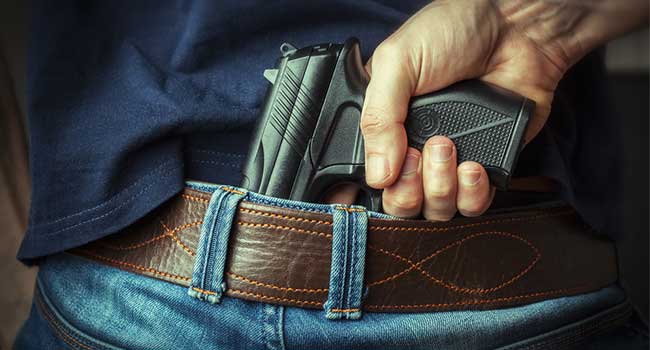
Texas Universities Rush to Finalize Campus Carry Policies
- By Sydny Shepard
- Jul 14, 2016
In 18 days, on August 1, S.B. 11, also known as the “campus carry” law will go into effect at public colleges across Texas. Until then, universities such as the University of Texas at Austin are scrambling to finalize their amendments to the law.
On July 13, The University of Texas System Board of Regents discussed a number of possible provisions to the campus carry policy. The board voted on provisions that included gun free zones and the status of the handgun carried.
The first of the motions was the possibility of striking down a provision at UT Austin that a licensed gun owner must carry a semiautomatic handgun without a chambered round of ammunition. The board voted 6 to 2 to allow students to carry a gun with a loaded chamber.
The next motion called for the revision of a rule that allowed employees with private officers to have the choice to ban handguns in their space. The board voted that employees can keep guns out of their offices.
The board also voted that all handguns be carried in a holster that completely covers the trigger.
Licensed gun owners will be able to carry their guns in UT classrooms as well as campus apartments. However, guns are still prohibited in dorms, certain medical facilities, labs, ticketed sporting events and areas where programs involving minors take place.
Other colleges such as Texas Tech University in Lubbock have policies similar to UT’s. In Lubbock, concealed carry on campus is allowed and gun-free zones include the recreation center, the chapel, locations where counseling services are provided, sporting events and spaces used for activities or camps attended by minors.
Texas Tech officials will also allow for students who intent to carry to live in designated on campus housing. Officials estimate around 200 to 250 people on the Tech campus will carry concealed weapons, with less than 50 students living on campus with guns in a university-approved safe. Tech’s student population was about 36,000 in the fall of 2015.
About the Author
Sydny Shepard is the Executive Editor of Campus Security & Life Safety.